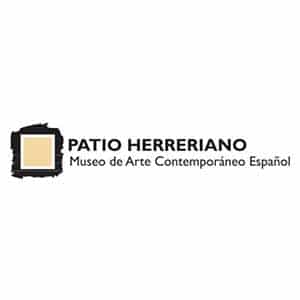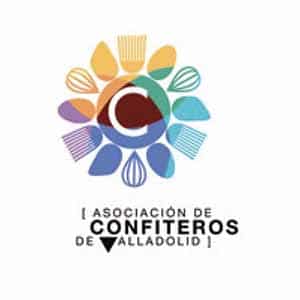The exhibition will open in Valladolid on 22 October at the Sala de Exposiciones Las Francesas and will then travel to Zaragoza.
The Valladolid International Film Festival will pay tribute to the figure of filmmaker Bigas Luna through an exhibition celebrating the 30th anniversary of his mythical film Jamón, jamón (1992-2022), which marked the consecration of the director and the discovery of the trio of actors formed by Javier Bardem, Penélope Cruz and Jordi Mollà, who would later become major international stars.
Organised by the Valladolid City Council’s Municipal Foundation for Culture (FMC) and SEMINCI, the exhibition has received the collaboration of Celia Orós, the filmmaker’s widow who has acted as the event’s promoter and arranged institutional support for the initiative, and the exhibition’s curators Betty Bigas, the filmmaker’s daughter, and Vicky Calavia.
The exhibition aims to reflect Bigas Luna’s artistic and personal energy, and will showcase his experimentation with images through photographs, paintings, audiovisual montages and symbols that appear in the film and which made him a multifaceted creator ahead of his time.
Numerous prop items from the movie
Among the items that can be seen in the exhibition are: the ham bone used in the final fight between the two protagonists, the testicles on the famous Osborne bull road advertisement, Javier Bardem’s Yamaha motorbike and the slot machine where he used to let off steam, mannequins with Bardem’s pants (designed by Bigas) and Cruz’s red dress, perhaps the most iconic piece in the film. And along with them, other, more personal objects owned by the director as well as the Silver Lion he received at the Venice Film Festival as Best Director in 1992 for this film.
The exhibition will also include a series of large-size photos of the film’s shooting taken by Bigas Luna himself, posters of the film in several languages, scripts, test footage, storyboards, sketches and plot outlines for the movie.
As for the visual concept of the exhibition, it includes the recreation of spaces from the film, involving a range of colours that relate to life, death, earth and sensuality, as the central motifs of the story, as well as inspirational references in the movie, including Goya, Greek tragedy, Iberian clichés, and of course the desert landscapes of Monegros where the film is set.
The exhibition will also have its own soundtrack: the nine themes created by Nicola Piovani for the film, as well as sound environments which recreate fragments of dialogue, phrases and iconic sounds from the movie. A catalogue will be published describing the contents of the exhibition.
The exhibition will open in Valladolid on 22 October, the opening day of the Festival, at Las Francesas Exhibition Hall(Calle Santiago, 19), and will remain open to the public until 22 November, before moving to the city of Zaragoza to join the international short film festival La Mirada Tabú, from 1 to 31 December. It is the wish of the organisers of the exhibition, and of Bigas Luna’s family, that the exhibition’s tour will end in Malaga (the director’s beloved city, where he was the subject of another important exhibition in 2002) coinciding with its film festival, running next year from 10 to 19 March. Talks are already underway to make this wish come true.
Screening of restored copy
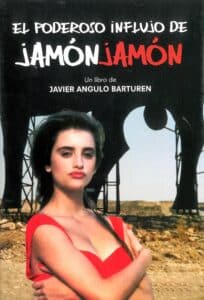
As one of the highlights of the 67th edition of SEMINCI, the tribute to Bigas and his film will also include the screening of a restored copy of Jamón, jamón in one of the festival’s venues —an event attended by part of the movie’s cast and crew.
Additionally, Javier Angulo’s book ‘El poderoso influjo de Jamón, jamón’ (‘The Powerful Influence of Jamón, jamón’) which he wrote in 2007, is also due to be reissued as parto f this tribute. The text narrates what happened before, during and after the film’s shoot, and includes a detailed account of specific scenes (supported by evidence from the story board), as well as anecdotes about a movie whose release caused a big sensation. The book also draws upon the testimonies of the director himself and the movie’s main actors Jordi Mollá, Javier Bardem, Penélope Cruz and the late Juan Diego, among others, as well as those provided by producer Andres Vicente Gómez, cinematographer José Luis Alcaine and other members of the film’s crew.
The book includes photographs taken during the film’s shoot by Bigas Luna himself, who provided this material to Angulo for the purpose of illustrating the book .
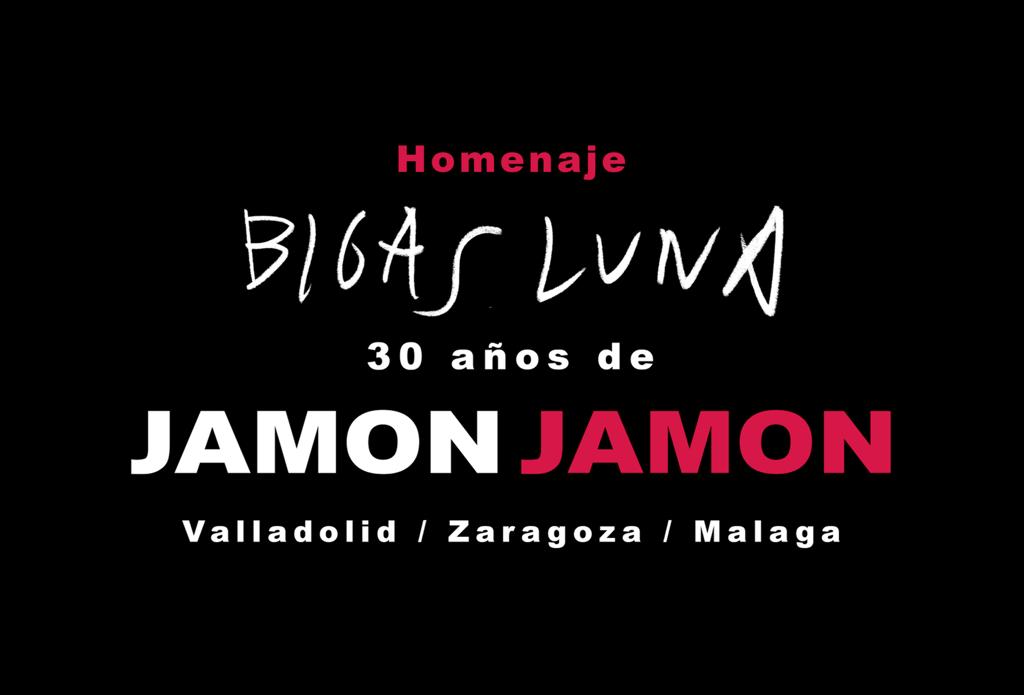
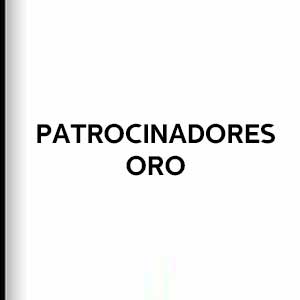
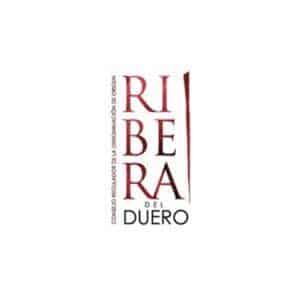
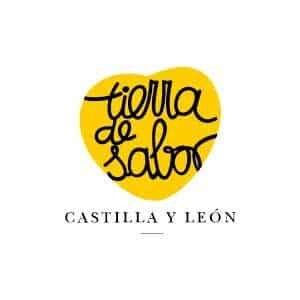

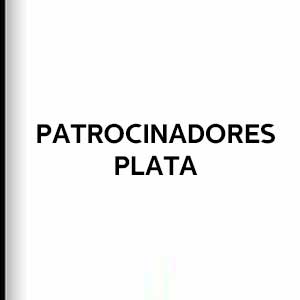



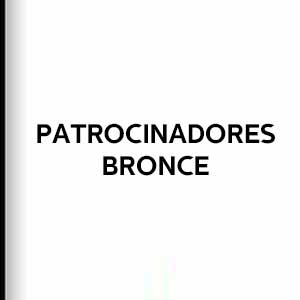

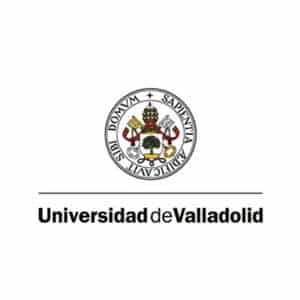



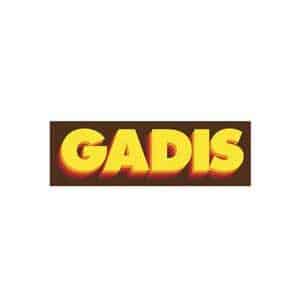



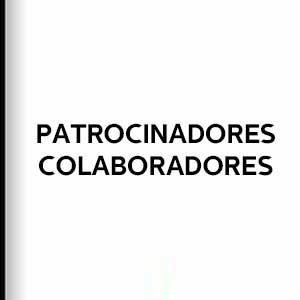
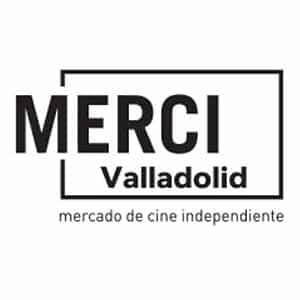

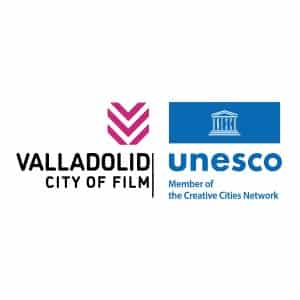
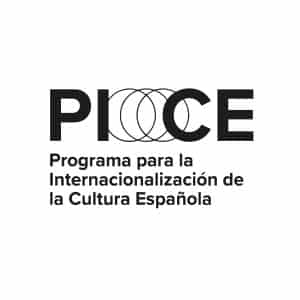
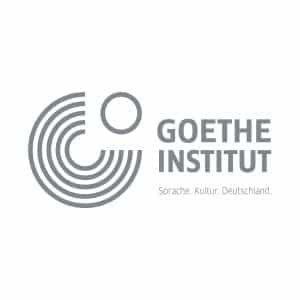
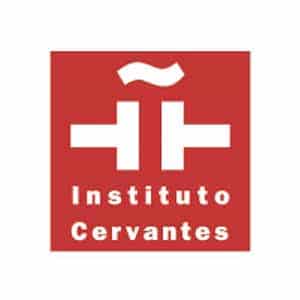

![Logo Foro Cultural de Austria Madrid[1]](https://www.seminci.com/wp-content/uploads/2024/09/Logo-Foro-Cultural-de-Austria-Madrid1-300x76.jpg)

